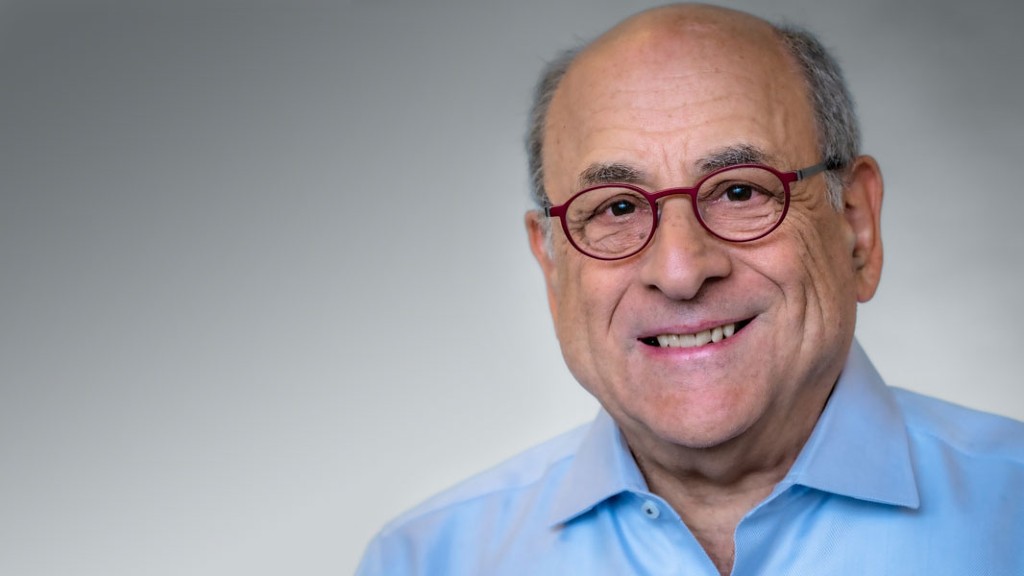
With the UK’s approval of Vertex and CRISPR Therapeutics’ exagamglogene autotemcel (Casgevy) for sickle cell disease and beta-thalassemia in November, expectations are high that the FDA will soon follow suit with their first green light for a gene-editing modality. But while the CRISPR–Cas9 editor that exa-cel uses is getting much of the credit, the therapy was enabled by decades of research into haemoglobin biology. In particular, the discovery of the transcription factor BCL11A unlocked the gene-editing opportunity.
Interviewed by Asher Mullard
Questions and answers have been edited for length and clarity.